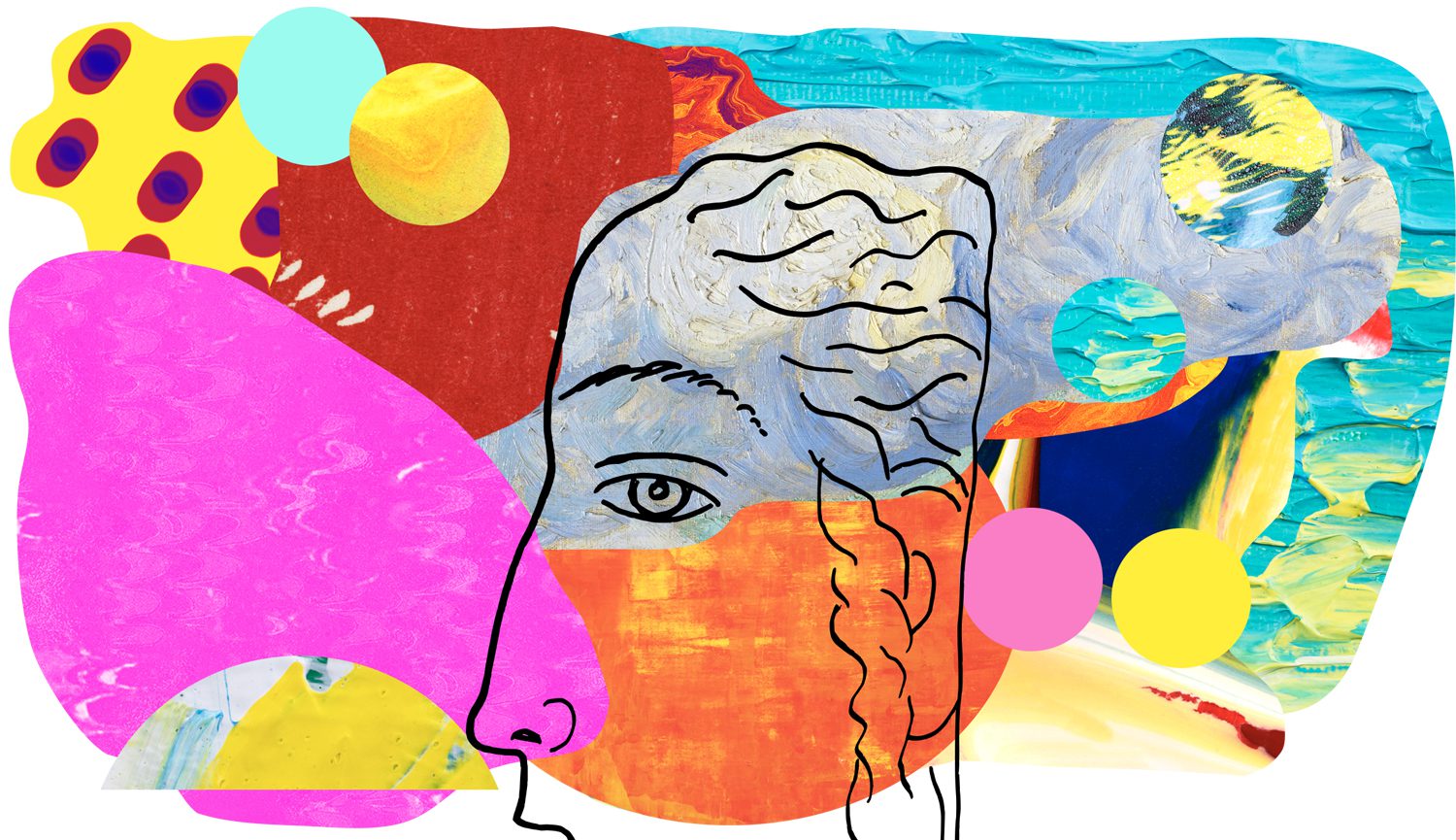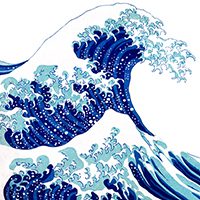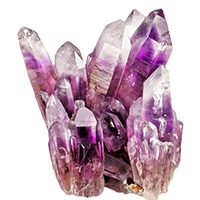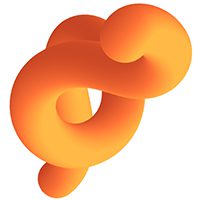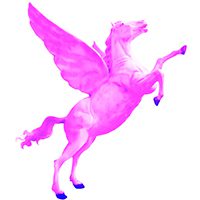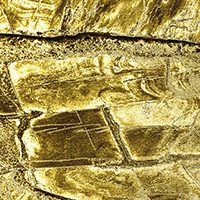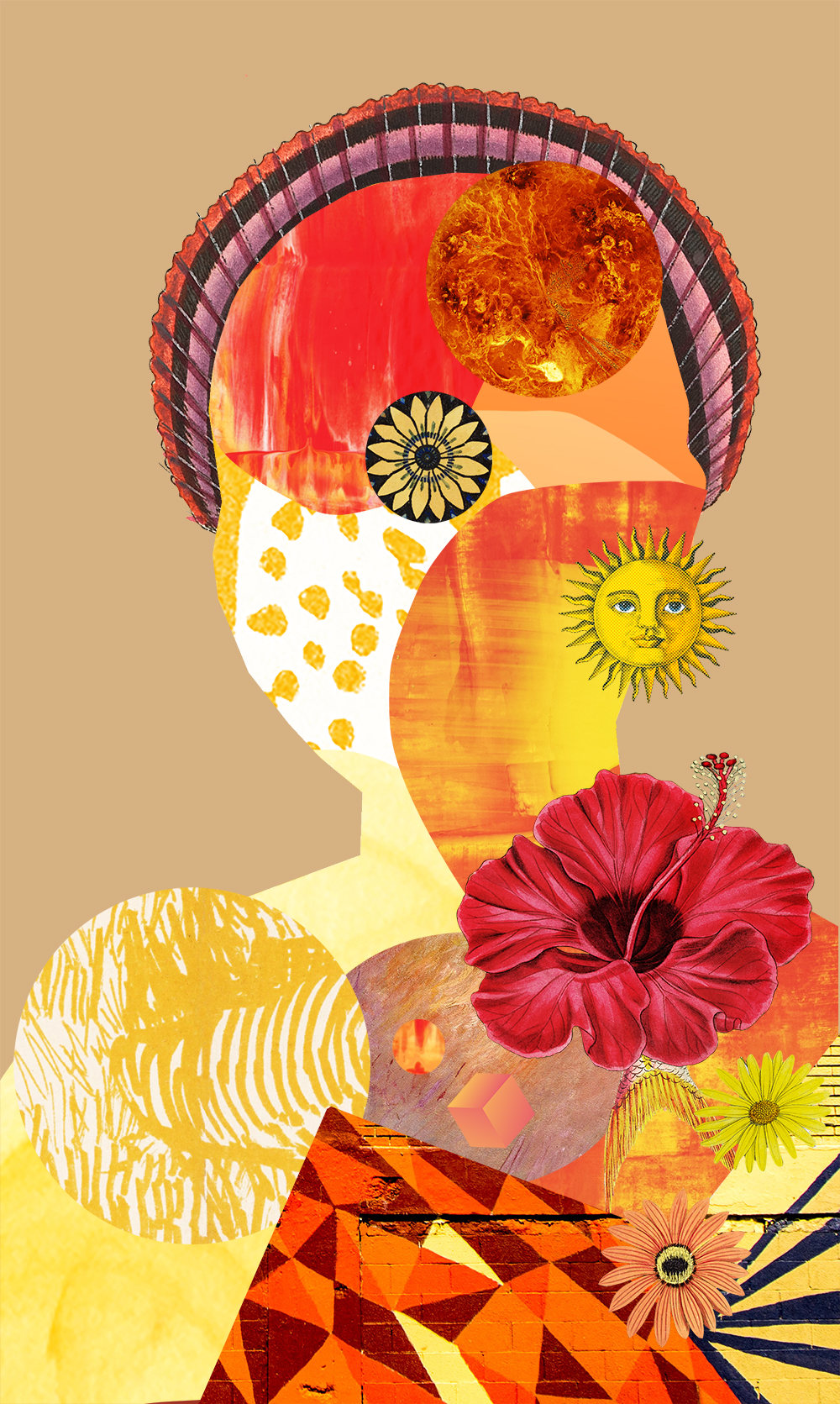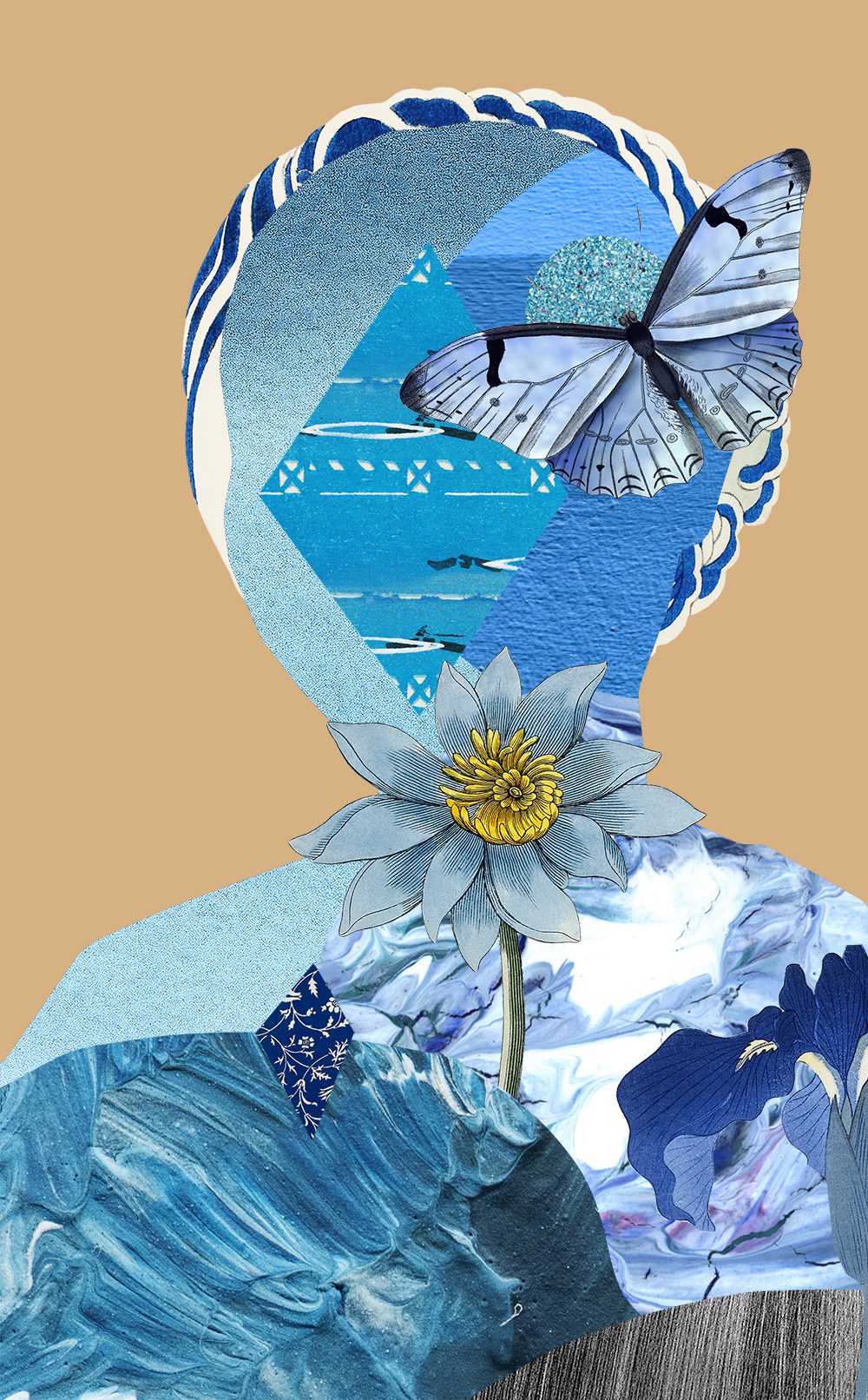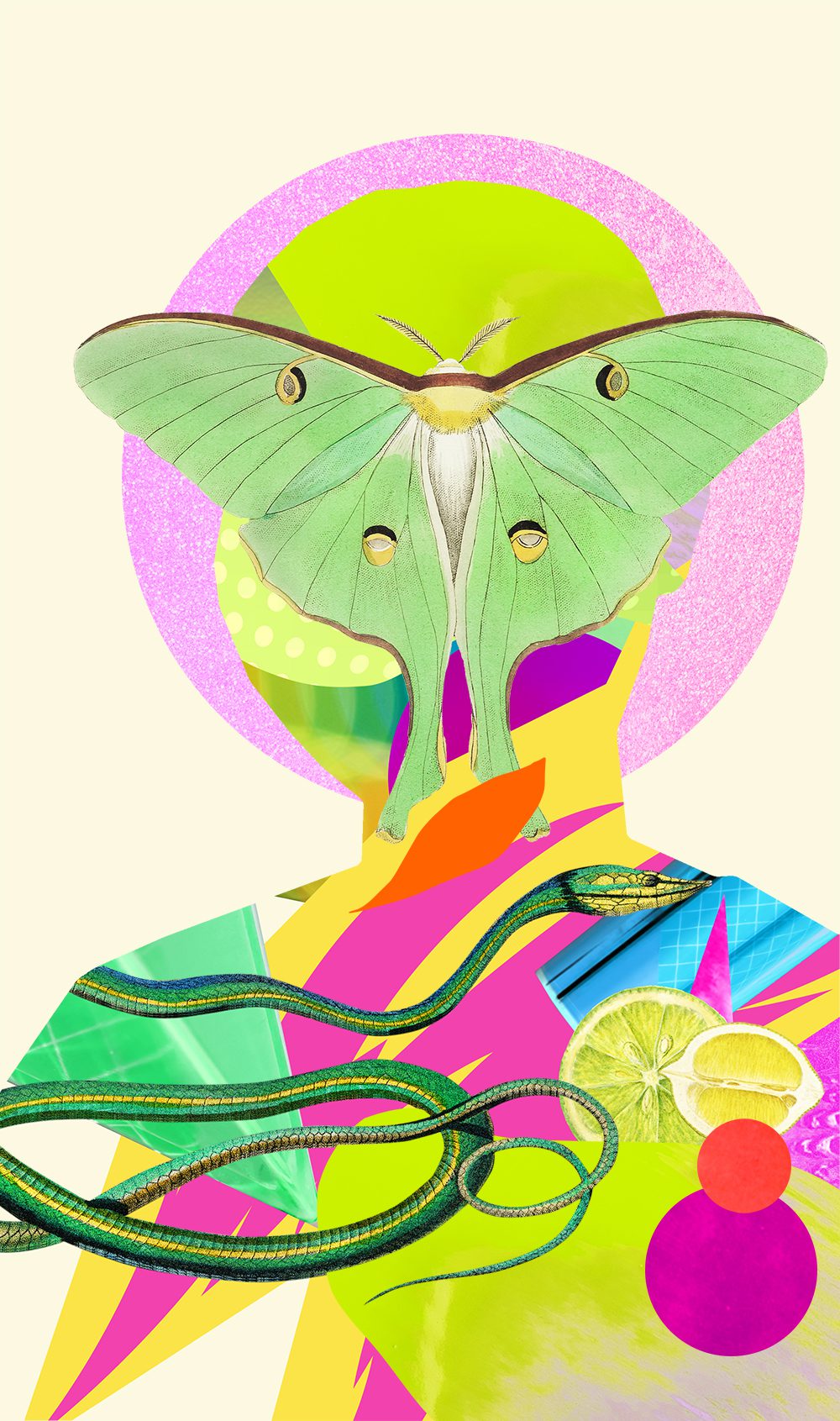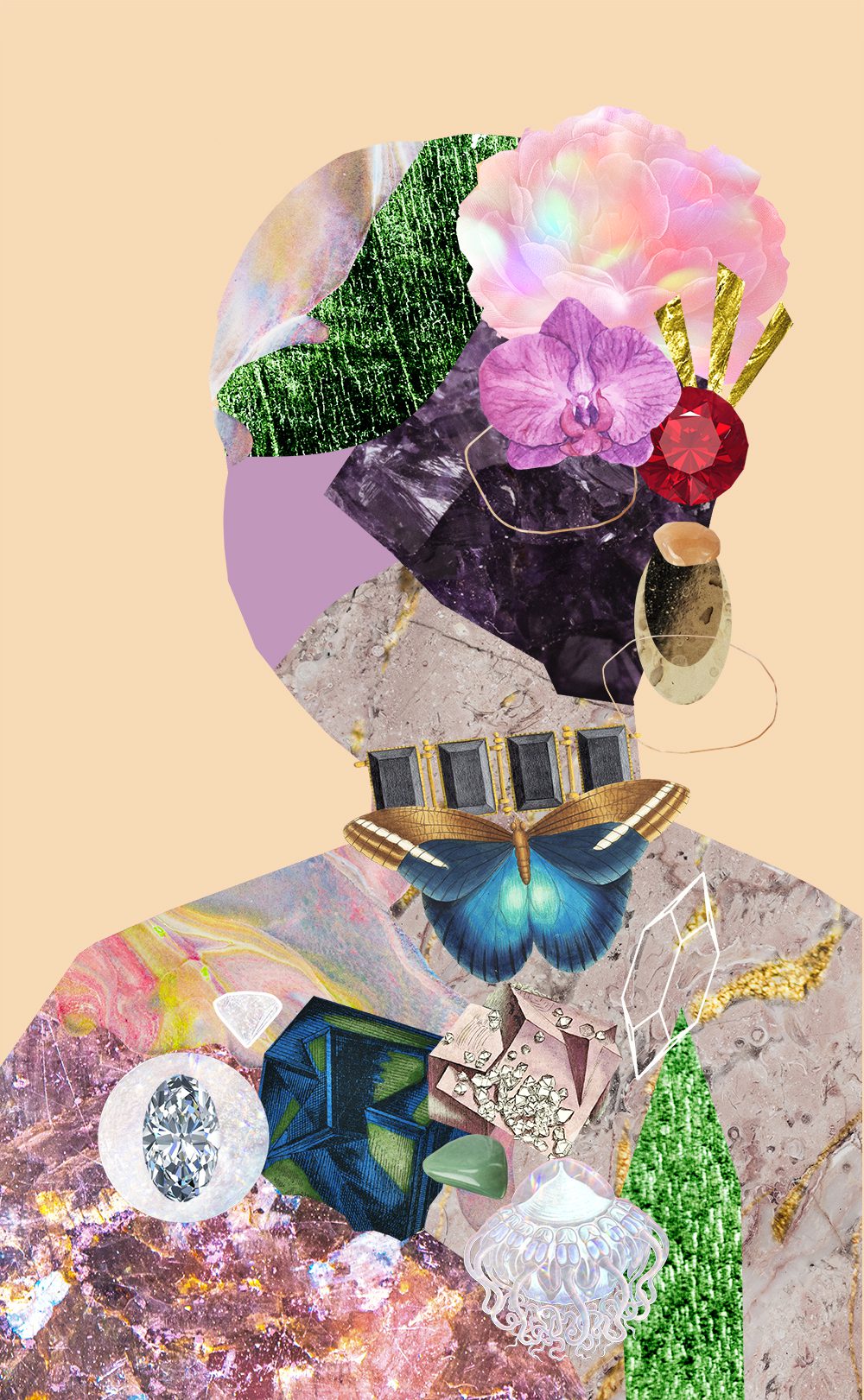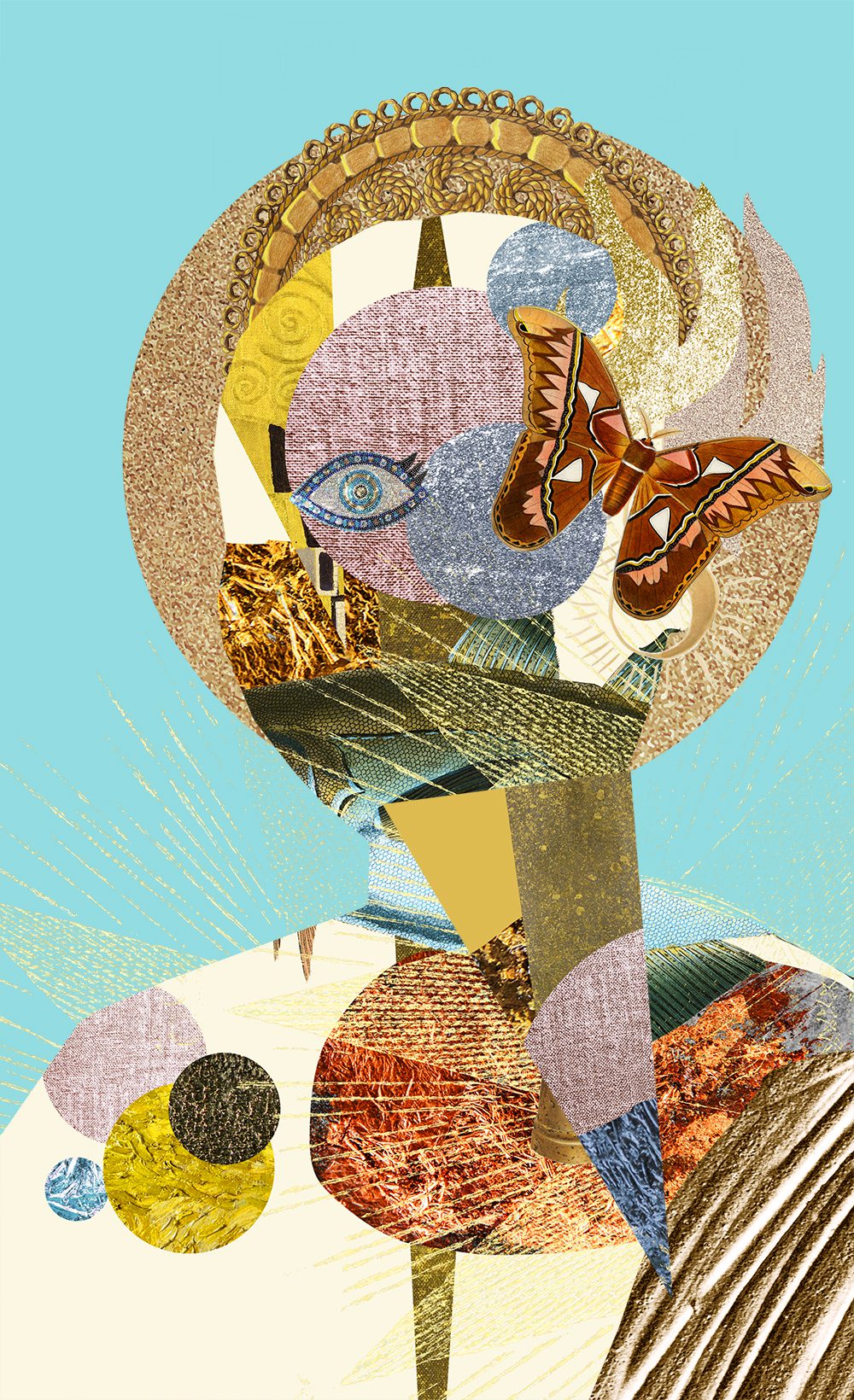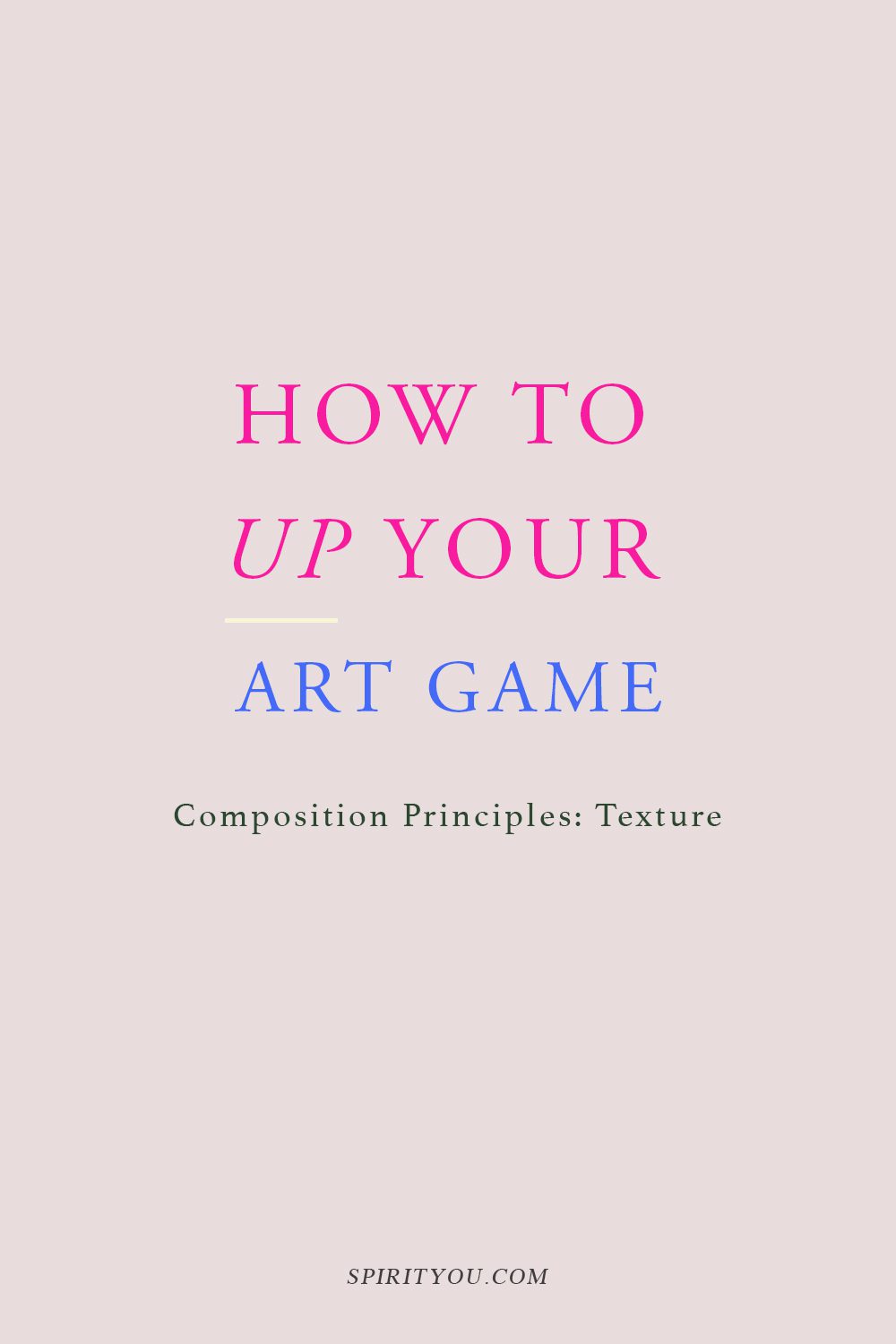
Composition Principles: Texture
Composition refers to the arrangement of elements within an artwork. Although art is largely an intuitive practice, by breaking down and putting a spotlight onto individual elements we can evaluate and elevate our art. This series focuses on the principles within composition, so you can cherry-pick your favourite ideas and level up your art practice.
Let’s dive into today’s topic: TEXTURE!
Texture Defined
Texture describes how an artwork looks or feels and can be actual or implied. Today we’re going to look into some different art techniques and examples.
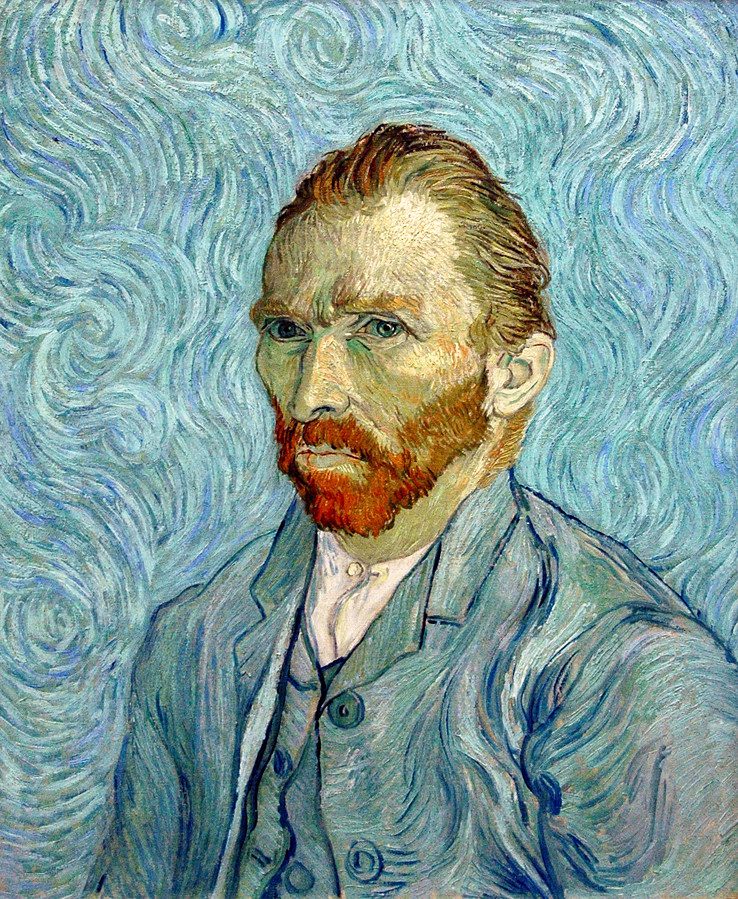
VINCENT VAN GOGH – Self Portrait
Vincent van Gogh employed the impasto technique, laying down thick undiluted colours directly to the canvas. Not only is Vincent creating actual texture with his paint, his mark-making and value choice is also adding implied texture.
Actual
Actual texture can be physically experienced through touch.
How to add Actual Texture
/Impasto brushwork: Applying paint in thick layers (often with a palette knife) to add relief to a flat canvas.
* Oil paint is a naturally thick medium but a similar effect can be created by combing acrylic paint with a gel medium (or try a DIY version by adding in talcum powder to thicken)
/Scratching: Scratching back into wet paint, removing paint to create depth.
/Mixed media: Including the addition of collage, found objects, and real-life textures.
/Surface: The painted surface has its own unique textural quality (e.g. raw or primed canvas, smooth or rough paper) which the artist can highlight or conceal.
/Finish: The final finish of the piece will affect its texture. A final gloss varnish, for example, will create a smooth textured finished over a canvas.
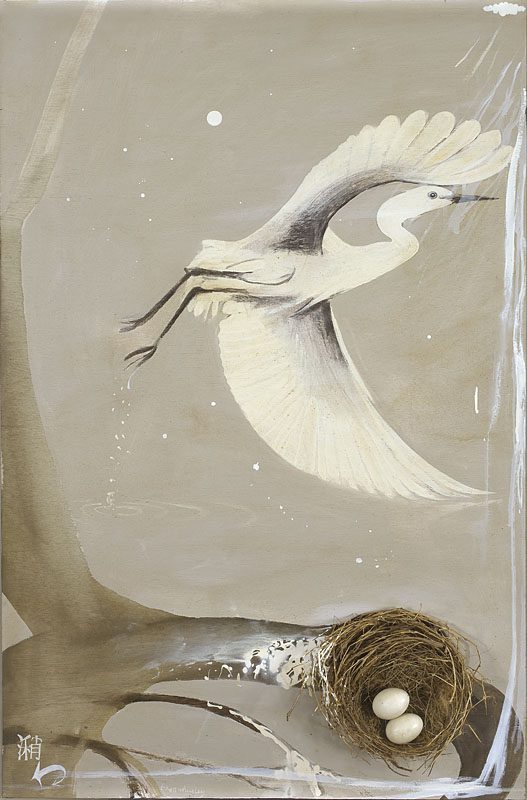
BRETT WHITELEY – Shao (Rain Slanted by Wind)
Brett Whiteley was no stranger to the use of mixed media in his paintings using items such as branches, shells, stones, collage, and wire to create texture in his work.
Implied
Implied texture is when an artist creates the illusion of texture. Implied texture is only experienced through sight not touch. The artist’s aim is to make the surface appear different from its actual texture. Implied texture can be a realistic representation of the subject matter or it can be an abstract or invented texture.
How to add implied texture
/cross-hatching or brushstrokes in different directions
/stippling
/rough bristled brush to create a rough texture
/tapered smooth brush for a smooth texture
/dry brush work: applying paint without water for a rough effect
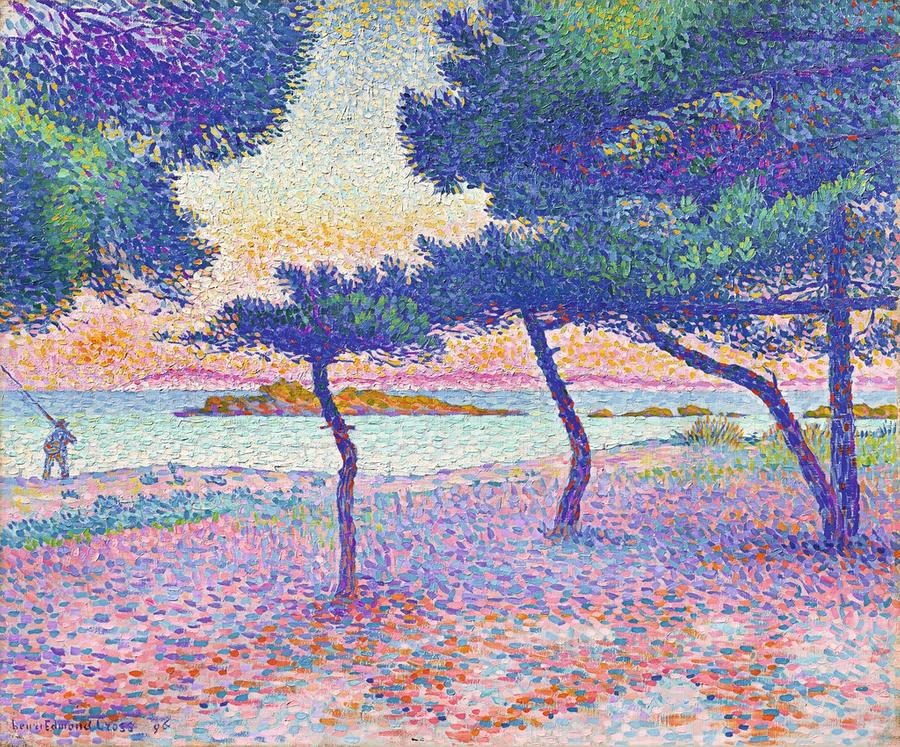
HENRI-EDMOND CROSS – The Beach of Saint-Clair
In the early 1890s, Henri began to experiment with the new painting technique known as Pointillism; coloured dotted brushstrokes pioneered by Georges Seurat (source). Like Van Gogh’s paintings, the application in Henri’s work is quite thick, resulting in actual and implied (abstract) texture being created.
Shading and Mark Making
Drawing texture requires you to pay attention to your mark-making style, edge quality, and values. You create the illusion of hard objects by employing sharp edges, whilst soft objects have irregular edges with loose marks and gradual changes between light and dark. Rough surfaces have frequent changes between light and dark with strong marks whilst smooth textures are created with gradual changes between light and dark (source).
To help you better understand this I have a fun homework exercise for you to do below!
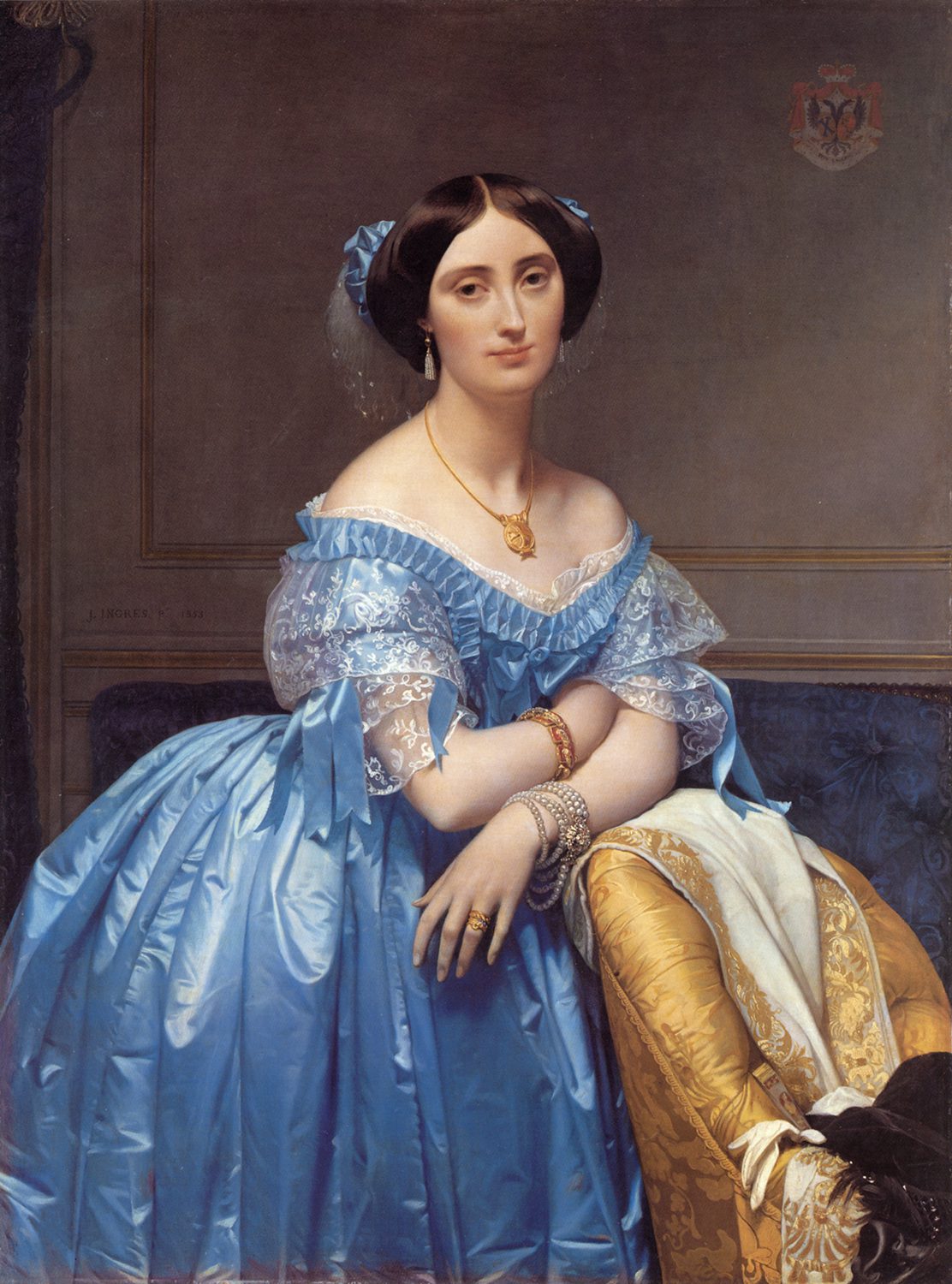
JEAN AUGUSTE DOMINIQUE INGRES – Portrait of Princesse de Broglie
Jean is able to paint the texture of the clothing in such a way you instantly recognise the feel of the fabric. Soft edges and gradual changes between light and dark values gives the optical illusions of softness. The reflection highlights also shows that the material has a sheen to it.
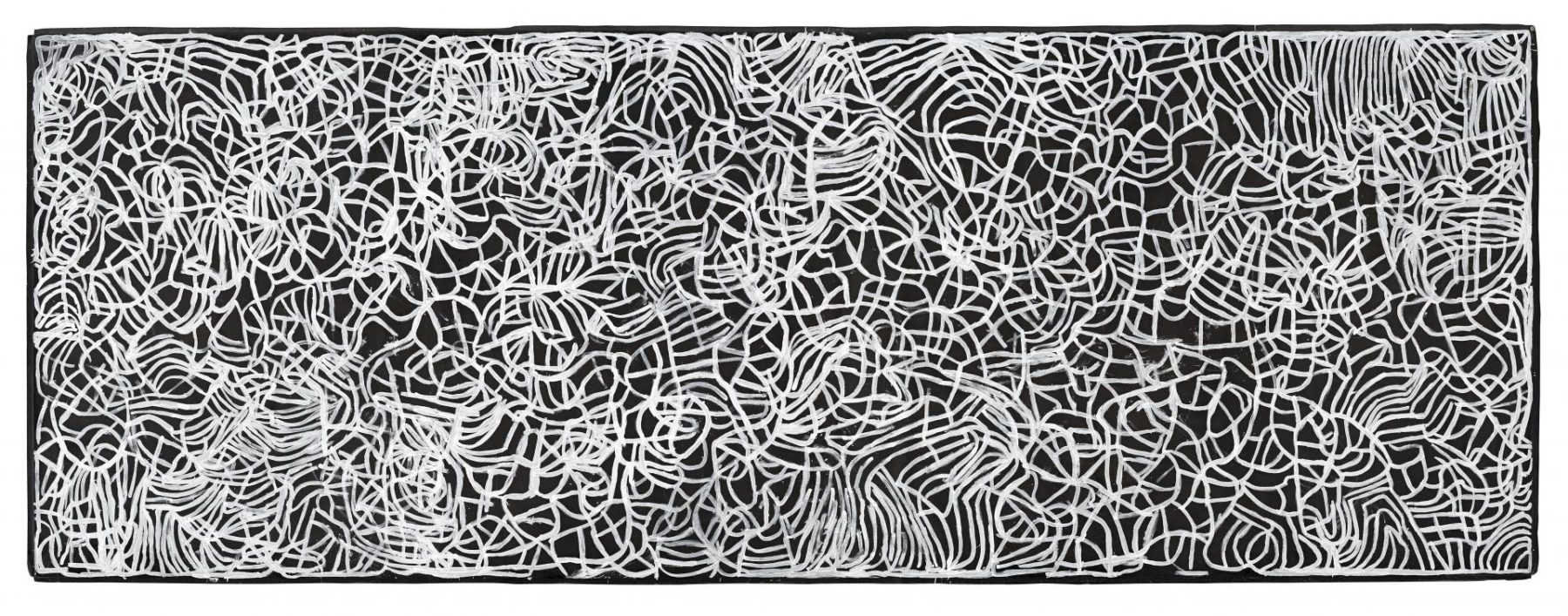
EMILY KNGWARREYE – Big Yam Dreaming
Emily creates the illusion of cracks by using contrasting values and mimicking the shapes of cracked earth.
“Big Yam Dreaming celebrates the natural increase of anooralya (the finger yam) at Alhalkere, country sacred to the artist. When the yam is in full growth, a green leaf spreads over the country. As the vegetable tuber ripens and is ready to eat, the leaf declines, and cracks appear in the ground, revealing the nature of the long-tubered plant and its pattern of growth. The white linear network in Big yam Dreaming signifies these cracks in the ground and the long-branching tuberous plant underground. (source)
HOMEWORK

Your homework this week is to practice implied texture.
Draw Four squares:
Square One: Hard (remember, hard outlines imply a hard object)
Square two: Soft (keep your pencil light, your edges soft and limit your contrasts)
Square Three: Rough and Hard (edges hard, sharp changes between darks and lights)
Square Four: Rough and Soft (combine the soft principals of limiting contrasting and keeping edges soft BUT have some firmer marks to create the illusion of roughness)
Bonus Points: Have a go at upping the actual texture of your work. If you use oils, try the impasto technique of applying your paint thickly or add some gel medium/talcum powder to acrylic paint for a similar effect. You could also try scratching back into the paint by adding in texture through found objects, collage or different textured materials.
–
Want to see what else I do? Come peek over on my insta or grab a freebie when you sign up to my newsletter below 🙂 🙂

